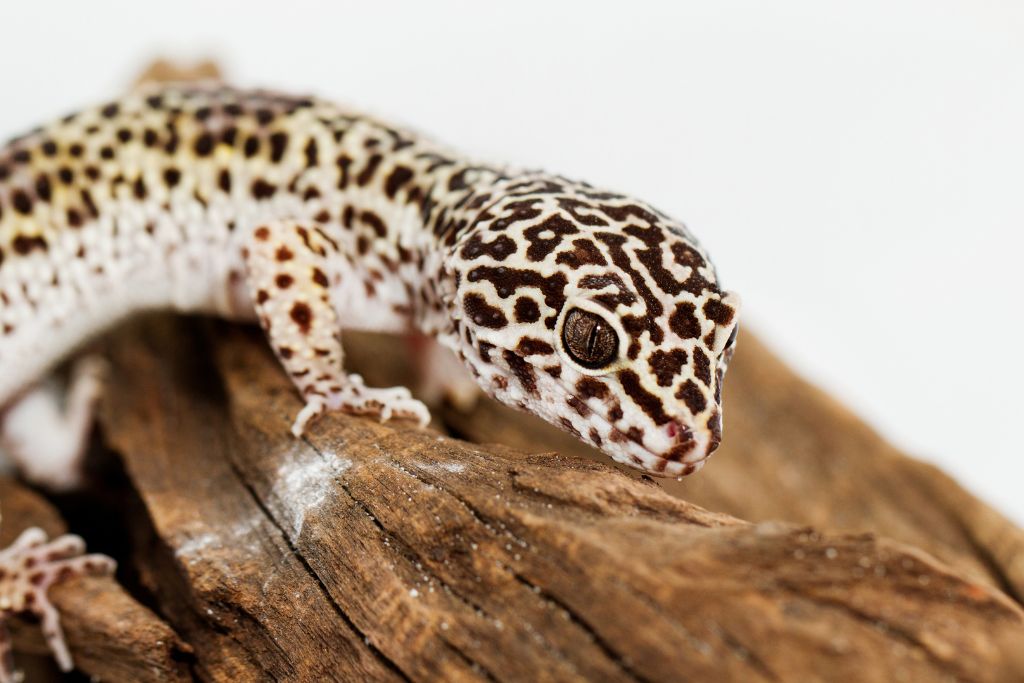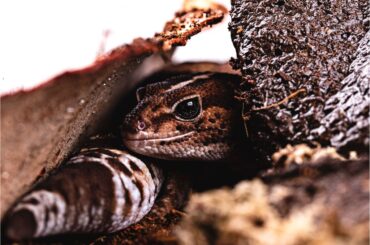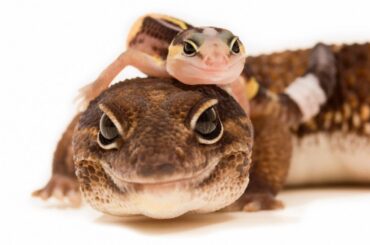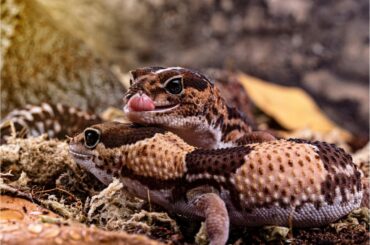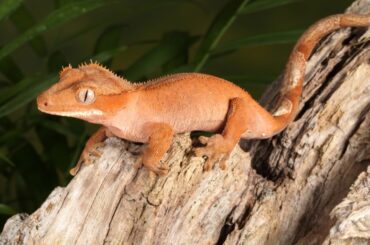Have you ever wondered what leopard geckos do during the colder months? Do you own a leopard gecko and want to know how to take care of it during brumation? You may be curious about what brumation is and how it relates to these fascinating creatures. If so, this guide is perfect for you!
Leopard geckos are colorful and friendly reptiles, often kept as pets. Living in desert environments, they have unique behaviors that help them survive. During the cooler seasons, some enter a state called brumation, a rest period similar to hibernation.
This article aims to guide you through brumating your leopard gecko safely. Following the step-by-step plan provided here, you can ensure your pet’s well-being and understand how to mirror its natural rest period in captivity. Whether you’re a beginner or an experienced gecko owner, these insights will help you support your pet through this essential phase of its life.
What is Brumation in Leopard Geckos?
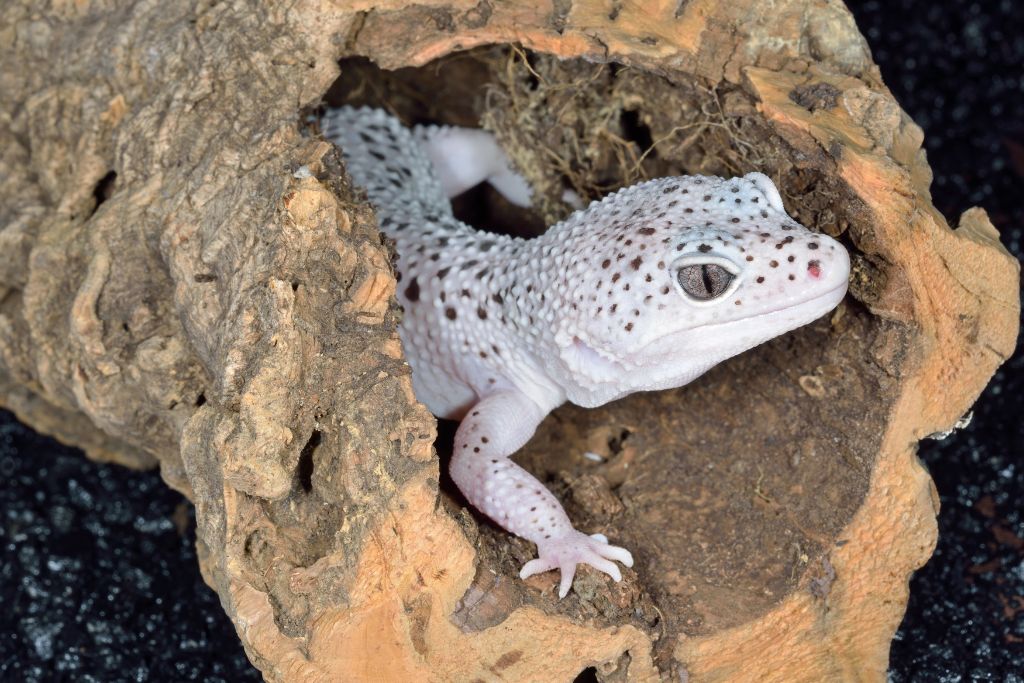
Brumation is a state of deep rest that some reptiles, like leopard geckos, enter during cooler weather. It’s different from hibernation, where animals go into a deep sleep for months. During brumation, the gecko is still awake but very inactive.
Leopard geckos undergo some changes when they are in brumation. Their bodies slow down, and they don’t eat as much. Activities they usually enjoy become less frequent. These changes help the gecko save energy when food might be harder to find.
Leopard Gecko Brumation Symptoms
Are you wondering if your leopard gecko is about to enter brumation? Here are some signs that it might be happening:
- Changes in Behavior: Your gecko may seem more sluggish and less interested in exploring.
- Decrease in Appetite: Eating less or refusing food altogether is a common sign.
- Reduction in Activity Levels: If your gecko is not moving around as much, it could be getting ready for brumation.
How to Prepare Your Leopard Gecko for Brumation
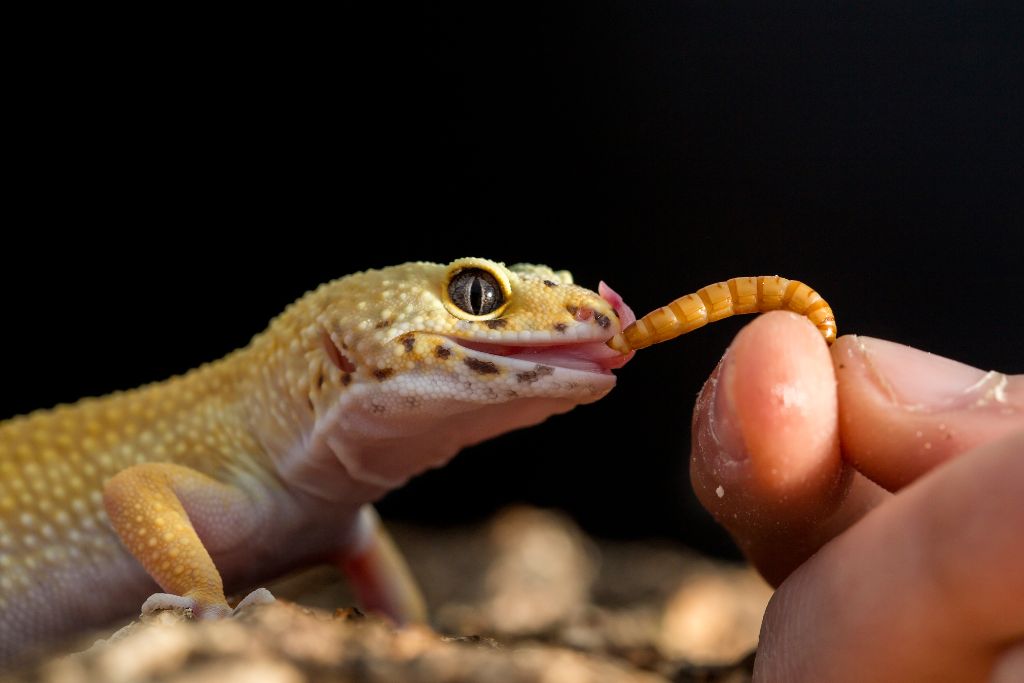
Getting your leopard gecko ready for brumation is essential to pet care. You can make the process safe and comfortable for your gecko with some simple steps. Let’s dive into how to prepare your leopard gecko for this restful period.
Preparing for Brumation
Before the brumation starts, getting everything ready for your leopard gecko is crucial. Here’s what you need to do:
- Offer a Final Meal: A last meal helps the gecko store energy for the brumation period.
- Start Cooling Process Gradually: Reduce the temperature in the gecko’s habitat slowly to mimic its natural environment.
- Create a Cozy Space: Make sure your gecko has a quiet and dark place to rest.
During Brumation
Monitoring your leopard gecko during brumation is critical to ensuring its well-being. Here are some guidelines:
- Check Occasionally but Don’t Disturb: Look at your gecko occasionally to ensure it’s okay, but avoid disturbing its rest.
- Monitor the Temperature: Monitor the habitat’s temperature to ensure consistency.
- Stay Calm and Patient: Brumation can last a while, so be patient and let nature take its course.
After Brumation
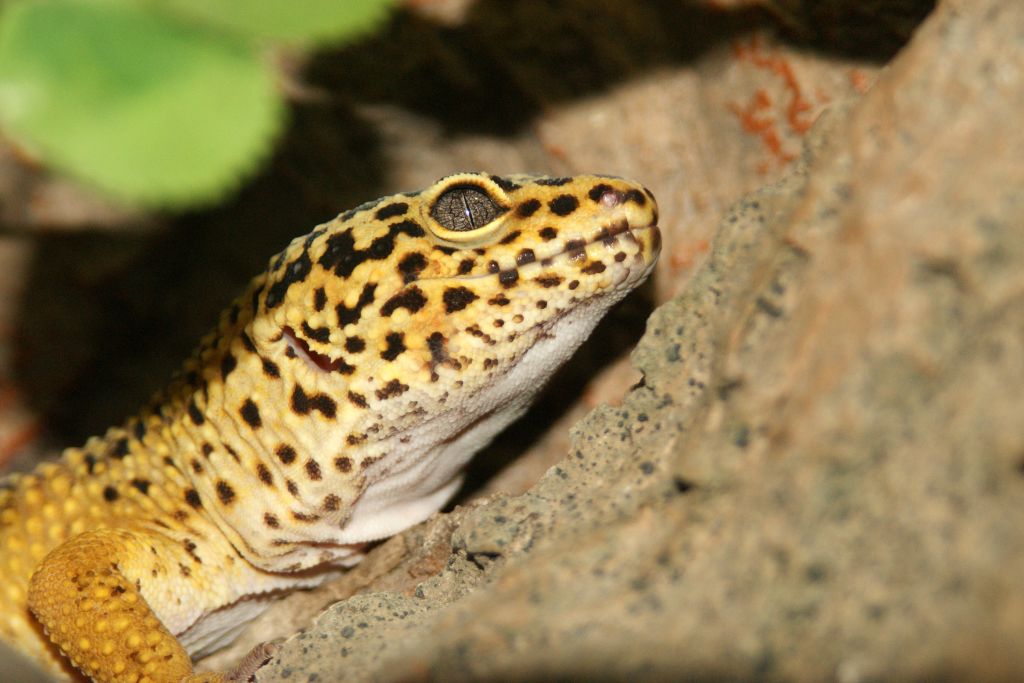
Once the brumation period ends, your gecko will gradually become more active. It’s time to reintroduce regular feeding, but you must do it slowly. Initially offering small amounts of food helps the gecko return to its routine without overwhelming its system.
Continue maintaining the right habitat conditions, gradually warming it to the usual temperature.
After brumation, your leopard gecko will be ready to enjoy its everyday life again. With proper care and attention, you can make the process smooth and pleasant for you and your pet.
Tips on How to Prevent Injury While Your Leopard Gecko is Brumating
Brumation is a unique period in a leopard gecko’s life, requiring special care to prevent harm. By taking some vital precautions, you can ensure your gecko stays healthy during this time. Let’s explore the tips on how to avoid injury while your leopard gecko is brumating.
Observation and Health Check
Before brumation, closely observing your leopard gecko is critical. Look for any signs of illness or discomfort. If something seems off, consulting a veterinarian might be a good idea.
A vet checkup before entering brumation can address any underlying health concerns. The vet can provide expert guidance on brumation care and help you ensure your gecko is healthy enough to go through the process.
Gradual Temperature Reduction
Lowering the enclosure’s temperature gradually is vital to simulate seasonal changes. It helps your gecko adapt comfortably.
- Week 1: Lower the temperature by 2 to 3 degrees.
- Week 2: Lower it another 2 to 3 degrees.
- Week 3: Continue the process until you reach the desired brumation temperature.
- Monitor: Keep an eye on the gecko to ensure it’s adjusting well to the changes.
Adjusting Lighting and Photoperiod
Adjusting the light cycle to mimic winter conditions is significant. It helps your gecko understand that it’s time to brumate. You can achieve this by reducing the light hours in the enclosure.
Using timers to control the lighting is a great idea. Timers maintain consistency, ensuring the lights go on and off at the exact times daily.
Hydration and Food Intake
Keeping your gecko hydrated throughout brumation is crucial. Offer water in a shallow dish and keep it fresh. Checking the water levels regularly ensures that your gecko has access to clean water whenever it needs a drink.
The gecko’s food intake decreases during brumation, but hydration remains essential. Following these tips helps your gecko stay healthy and comfortable.
Cleaning and Maintenance
Cleaning the enclosure thoroughly before and after brumation prevents health problems. It creates a clean and safe environment for your gecko.
Remember to remove uneaten food promptly. Leftover food can lead to mold and bacteria growth, harming your gecko. Regular maintenance and attention to cleanliness keep your pet’s habitat healthy and enjoyable, making brumation a smooth experience for both of you.
Conclusion
Brumation is a vital part of a leopard gecko’s life, reflecting its natural way of coping with cooler seasons. It’s more than just a rest period; it’s a fascinating behavior that helps the gecko conserve energy. Responsible pet ownership means being attentive to your gecko’s needs during brumation.
Following the tips and guidance in this guide can make the brumation process safe, comfortable, and enriching for your pet.
FAQs
Do Leopard Geckos Brumate?
Yes, leopard geckos may enter brumation, a state of rest during cooler seasons.
How Do I Know If My Leopard Gecko is Brumating?
Look for signs like decreased activity, changes in behavior, and reduced appetite.
Should I Let My Leopard Gecko Brumate?
Brumation is natural, but you should consult a veterinarian and follow proper guidelines to ensure your gecko’s well-being.
How Long Does Brumation Last?
Brumation can last from a few weeks to several months, depending on the leopard gecko and its specific environment.
Do Male Leopard Geckos Go into Brumation?
Yes, both male and female leopard geckos can go into brumation. It’s a natural process that isn’t determined by gender.
What are the Signs of Brumation?
Signs of brumation in leopard geckos include decreased activity, changes in behavior, reduced appetite, and a preference for darker, more excellent areas of their enclosure.
What is the Difference Between Brumation and Hibernation?
Hibernation is a deep sleep that lasts for months, while brumation is a period of reduced activity where the animal remains awake but is less active and eats less.

